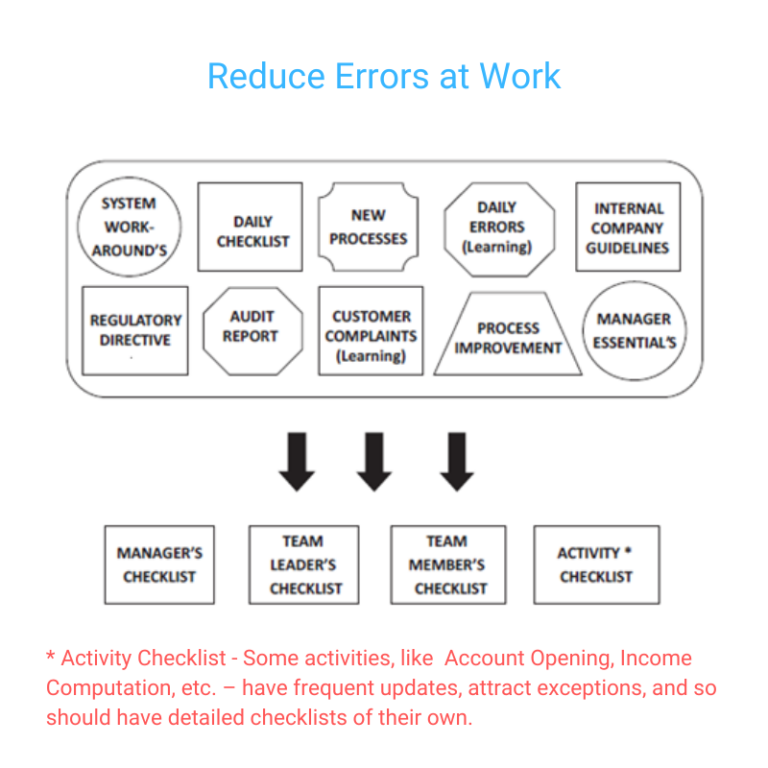The No.1 Reason Why Errors Happen at Work

On 29 September 2015, former Googler, Sanmay Ved was checking out Google Domains.
He saw that Google .com was for sale!
Surprised, Ved tossed Google .com into his cart to see if he really could buy it.
He could. Google sold him Google .com for 12 bucks!
Ved’s ownership didn’t last long, though.
Google Domains canceled the order literally a minute later — which it could do only because it controlled both the domain and the registry service.
If Ved had bought Google .com through another registrar, he probably could have kept it, at least until lawyers got involved.
(As recounted by Casey Kelly-Barton on the HostGator website.)
*****
This issue isn’t unique to Google.
Microsoft’s Hotmail, Foursquare, Dallas Cowboys, Yatra … are just some of the companies that forgot to renew their domain name on time.
*****
The above are visible instances of errors.
But something similar, in many multiples of the above, happens internally in every company and every department.
*****
What contributes to these errors at work?
The number of things that a manager has to take care of nowadays is brutal and exhausting.
It is a combination of –
Audit Reports + Regulatory Directives + New Processes + Process Improvement + System Workarounds + Company Guidelines + Manager’s Essentials +
In short, a manager — especially a manager in an Operations, Services, IT, HR, Accounts, or Admin department — is keeping track of too many things.
Sooner or later, something is going to fall through the cracks.
*****
Can the above be managed better? Made simple, yet scalable?
Yes. Consider the following representation:
An (All-Inclusive) Checklist = [ Audit Reports + Regulatory Directives + New Processes + Process Improvement + System Workarounds + Company Guidelines + Manager’s Essentials]
*****
Yes, just 1 document (per person) — an all-inclusive checklist — to include everything!
It might seem unwieldy, but it really is simple.
I have put an image below to show the workflow. (I describe in detail on how to implement in my book.)

Once you implement checklists like this in your department, the things to track at work will become simple, scalable, and yet effective.
As a Manager, a Checklist remains your best bet – and the most time-efficient one – to ensure due diligence and reduce errors.